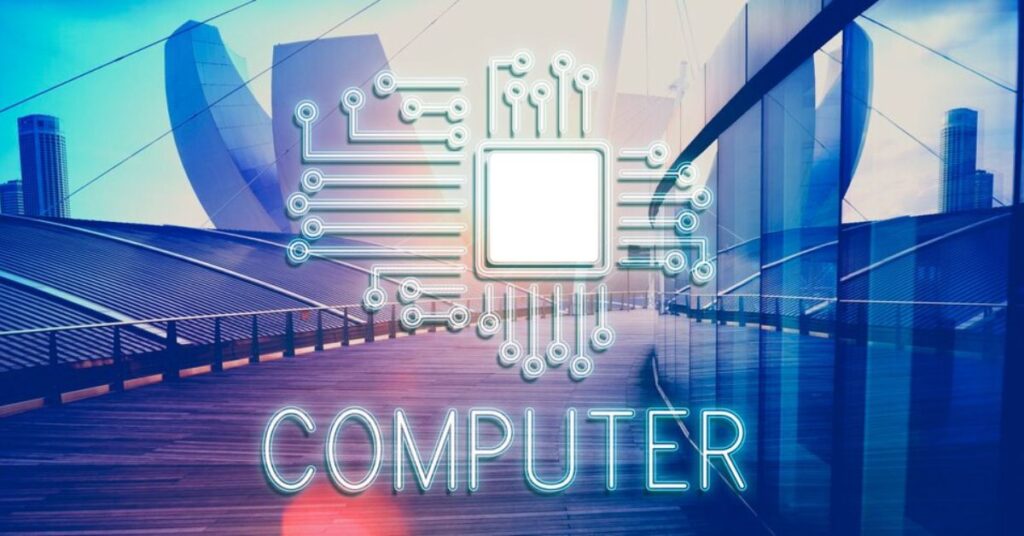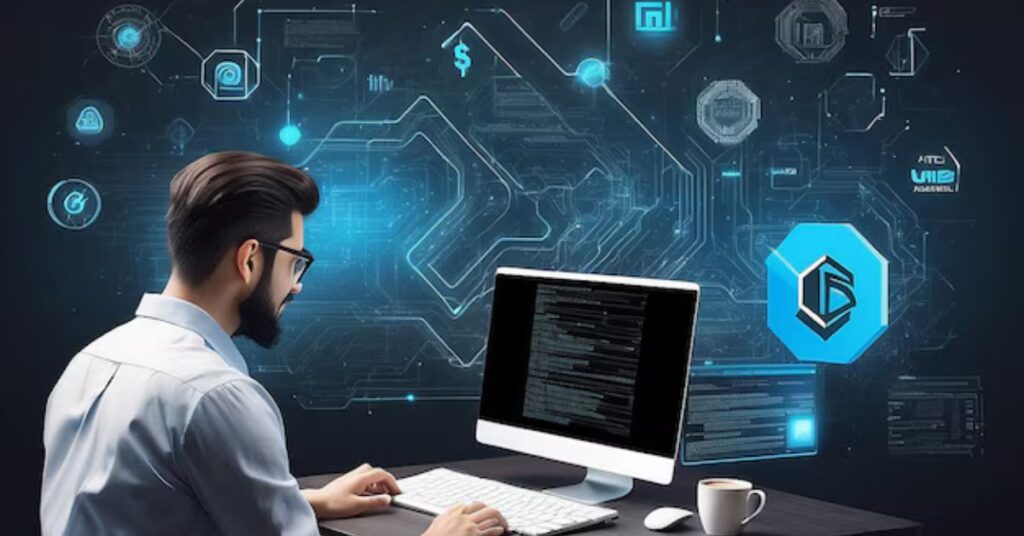In today’s quickly evolving digital globe, computer systems technology forms the foundation of every significant sector. Whether in healthcare, financing, production, or entertainment, reliable and effective computer systems are more critical than ever. Understanding the essential elements of computer systems technology and how they work together is crucial for maximizing efficiency, guaranteeing security, and driving innovation.
Table of Contents

Core Components of a Computer System
A computer system is built on a mix of software and hardware. Each plays an essential duty in executing jobs effectively. Below, we explore the key components that create the foundation of computer systems technology.
1. Central Processing Unit (CPU)
The CPU, often called the “mind” of the pc, is answerable for executing hints and estimating. The CPU processes statistics and manages the drift of information between numerous device elements.
Clock velocity:
the fee at which the CPU executes hints, gauged in gigahertz (GHz).
Cores:
present-day cpus function with more than one core, enabling them to perform numerous jobs simultaneously and boosting overall machine performance.
Cache memory:
a slight, rapid reminiscence inside the CPU that stores regularly accessed statistics, reducing the time required to access it from RAM.
2. Reminiscence (RAM and ROM)
Memory plays a critical characteristic in storing and acquiring data for the duration of processing.
Random get admission to memory (RAM):
RAM quickly holds information being used through the CPU; extra RAM means higher multitasking and quicker efficiency.
Study-handiest reminiscence (ROM):
ROM shops critical device instructions, including the firmware used for the duration of a start-up. Unlike RAM, the records in RAM are irreversible and no longer misplaced while the pc device is powered off.
3.Input and output devices (i/o)
Enter and output devices permit the pc to hook up to the outdoors. Input devices like key forums and pc mice send data to the computer system, while output devices like monitors and printers show or result in processed details.
Examples of i/o gadgets:
Input devices:
key-forums, computer mice, scanners, and microphones.
Output tools:
monitors, printers, audio audio systems, and projectors.
4. Garage gadgets
Storage gadgets offer a technique to conserve statistics and software applications for lengthy-lasting use. There are two number one forms of storage area:
Onerous disk drives (HDD):
a traditional garage tool that uses rotating disks to store records. HDDs offer high ability at an inexpensive value.
Strong country drives (SSD):
a quicker and more dependable storage choice that uses flash memory. Ssds increase gadget boot instances, and statistics get entry to quotes.
5. Motherboard
The motherboard is the principal motherboard that connects all of the elements of a computer system. It houses the CPU, and reminiscence increases ports and connectivity to all peripheral equipment.
6. Strength supply unit (PSU)
The power supply unit transforms electrical electricity from an outlet into helpful energy for the laptop’s components. It manages voltage to prevent components from being harmed using power rises.
Platforms:
the spine of laptop functionality
An operating gadget (os) manages all the software and hardware in a pc gadget. It provides an interface, controls hardware assets, and ensures applications run efficiently.
Popular running systems:
Home Windows: a significant use of os recognized for its clean-to-apply interface and huge compatibility with software utility and hardware.
Marcos evolved by using Apple, and the macOS is recognized for its sleek design and optimization for imaginative professionals.
Linux: a complimentary and open-supply os preferred by builders and professionals for its versatility and protection.

Computer Networking: Connecting Systems
In contemporary computer systems technology, networking is crucial in computer interaction. A network permits multiple devices to share information and resources, such as printers and storage space, and can be set up in numerous methods:
Lan (LAN):
A network that attaches computers within a minimal location, such as a structure or office.
Wide Area Network (WAN):
A broader network that attaches devices over long distances is typically utilized to link geographically divided offices.
Cloud Networking:
With cloud computers, data and sources are hosted on remote servers, offering scalability and adaptability for companies.
Importance of System Security in Computer Systems Technology
With the surge of cyber threats, protecting computer systems is more critical than ever. Cybersecurity procedures secure sensitive data, stop unapproved accessibility, and ensure system dependability.
Crucial Element of Computer System Security:
Firewall programs:
Act as a barrier between a relied-on network and an untrusted network, obstructing malicious website traffic.
Security:
It protects facts by changing them in an unreadable fashion that is simplest obtainable by licensed individuals.
Multi-Factor Authentication (MFA):
It adds an extra layer of safety by requiring numerous confirmation actions to access systems.

The Role of Software in Computer Systems Technology
While equipment develops the physical structure of a computer system, software brings the system to life. Software applications can be divided right into two primary classifications:
System Software:
This includes the OS and utility programs that handle system sources.
Software:
Programs that perform specific jobs, such as word processors, spreadsheets, and graphic design software applications.
Software Application Development and Customization
Software growth is a core element of computer systems technology. Services frequently require personalized software application options, such as venture resource planning (ERP) or customer relationship administration (CRM) systems, to fulfill specific requirements.
Emerging Trends in Computer Systems Technology
The area of computer systems technology is regularly advancing, driven by advancements in hardware, software, and networking. Several of the most significant trends consist of:
1. Expert System (AI) and Machine Learning
AI and artificial intelligence are changing computer systems by making it possible for makers to gain from information, boost over time, and make decisions without human intervention.
2. Internet of Things (IoT).
The IoT links challenge the net daily, permitting them to send and receive information. This modern technology reinvents markets like health care, transport, and manufacturing by improving performance and information evaluation.
3. Quantum Computing.
Quantum computing ensures that complex problems are addressed beyond the reach of classical computers. Although still in its onset, quantum computing can change areas such as cryptography, product science, and artificial intelligence.
Conclusion: The Future of Computer Systems Technology
Computer systems technology continues to progress at an extraordinary rate. This field underpins contemporary life and industry, from practical hardware parts to cutting-edge software application services. Expertise in the core elements of the pc systems era is critical for businesses trying to stay competitive in a virtual-first international. As modern technologies like AI and quantum computing continue to broaden, the opportunities for innovation are endless.
Via the latest knowledge and taking over the latest contemporary technology, companies can unlock new opportunities and power future achievement in a progressively linked and automatic world.
